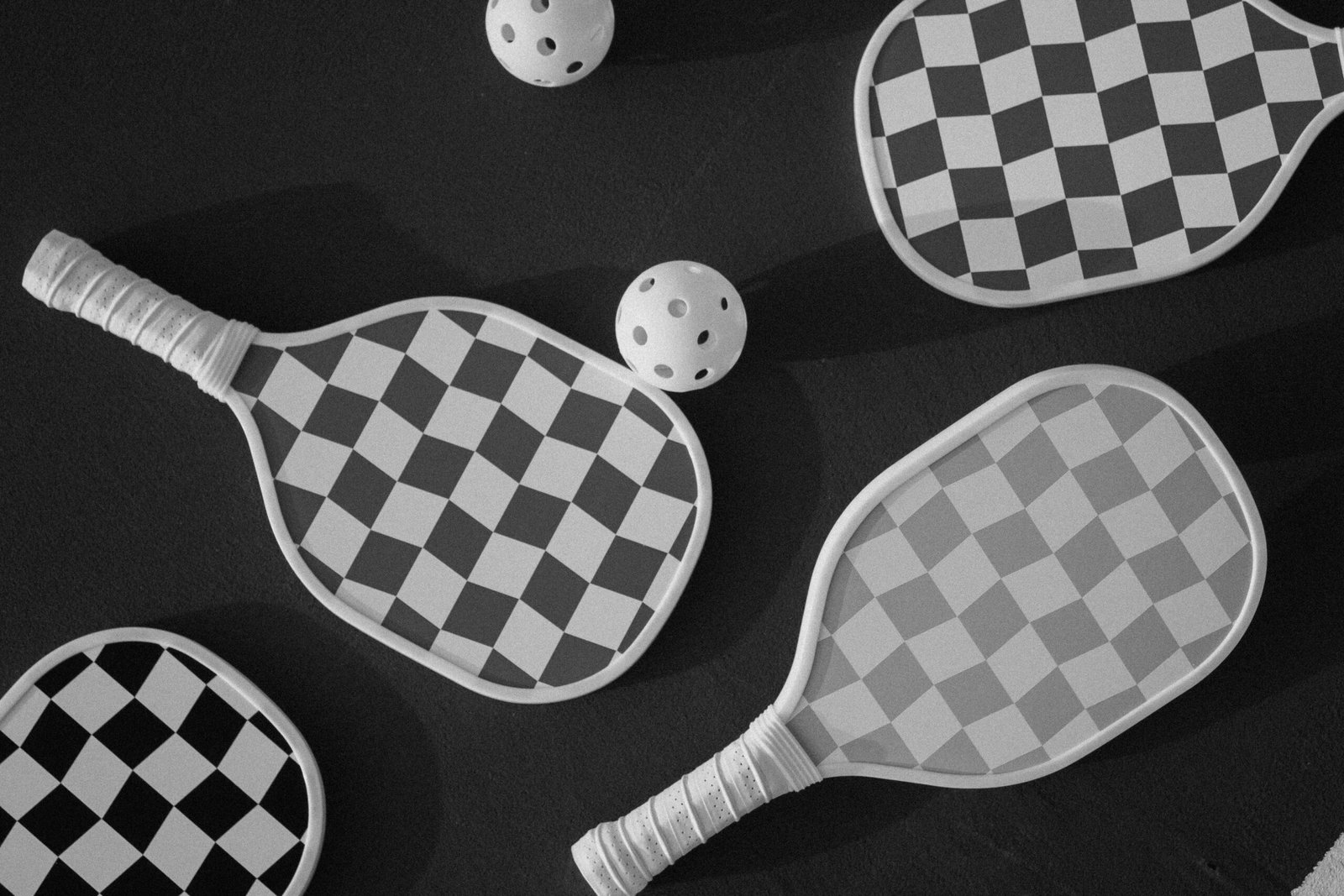Pickleball has grown rapidly in popularity due to its accessibility, fun gameplay, and competitive edge. A key aspect of mastering the game is understanding its scoring system, which can be slightly different from other racquet sports like tennis or badminton. Knowing how points are earned, when serves change, and what constitutes a fault is essential for both beginners and experienced players.
This guide breaks down the pickleball scoring system step by step, explains common terms, and provides tips for playing singles and doubles effectively.
The Basics of Pickleball Scoring
- Games are typically played to 11 points, but a player or team must win by 2 points.
- Only the serving team can score points.
- Points are earned when the opposing team commits a fault, such as hitting the ball out of bounds or failing to return it properly.
Unlike tennis, where both players can score on any rally, pickleball’s scoring depends entirely on the team in possession of the serve. This rule emphasizes the importance of serving strategy and makes rallies more tactical.
Serving and How It Affects Scoring
The serving rules are closely tied to scoring:
- The serve must be underhand and contact the ball below waist height.
- It must land diagonally across the court in the opponent’s service box.
- Only one serve attempt is allowed unless the ball touches the net and lands in the correct area, which is called a let serve.
In doubles, each player on the serving team serves in turn before the serve passes to the opponents. At the very start of the game, only one player serves initially. Understanding who serves and when is essential for tracking the score accurately.
Understanding the Two-Bounce Rule
The two-bounce rule is fundamental to gameplay and scoring:
- After the serve, the receiving team must let the ball bounce once before returning it.
- Then, the serving team must let the ball bounce once before playing it.
After these initial bounces, players may volley the ball (hit it before it bounces) or continue playing it off the bounce. This rule ensures rallies are fair and balanced, preventing the serving team from dominating by immediately attacking the net.
Points and Faults
A point is scored when the opposing team commits a fault. Common faults include:
- Hitting the ball out of bounds.
- Failing to clear the net.
- Volleying the ball from inside the kitchen.
- Serving into the wrong service box.
- Violating the two-bounce rule.
In doubles, the serving team continues to serve until a fault occurs, at which point the serve passes to the other team. This creates a dynamic where strategic serving and careful play are crucial to winning points.
Scoring in Singles
In singles, the scoring system is slightly simpler:
- Players serve from the right-hand court when the score is even and the left-hand court when the score is odd.
- Only the server can score a point.
- If the server faults, the serve passes to the opponent.
Singles emphasizes consistent play and stamina, as one player must cover the entire court. Understanding serve placement and timing is critical to scoring effectively.
Scoring in Doubles
Doubles is the most popular format in pickleball. Key rules for scoring include:
- Each player on the serving team gets a chance to serve before the serve passes to the opposing team.
- The first server of the game only gets one turn initially.
- The serving team continues to serve until a fault occurs.
Doubles introduces more strategy than singles. Teams focus on positioning, communication, and controlling the net area, since winning points depends on both effective rallies and avoiding faults.
Common Score Announcements
In pickleball, scores are usually announced in a three-part format:
- Server’s score
- Receiver’s score
- Server number (in doubles only)
For example, if the serving team has 5 points, the receiving team has 3 points, and the first server is serving, the score is announced as: “5-3-1.”
This system ensures clarity for both players and spectators, especially during competitive matches.
Tips for Keeping Score
- Always track the score verbally after each point.
- Confirm the score with your opponent before serving.
- In doubles, remember which player is serving to avoid confusion.
- Use a scorecard or digital app during tournaments or longer matches.
Keeping score accurately reduces disputes and allows games to flow smoothly.
Common Questions About Pickleball Scoring
What happens if a ball clips the net on serve?
- If it lands in the correct service box, it’s a let serve, and you get to replay the serve.
Do you have to win by 2 points?
- Yes, whether playing to 11 or in tournament formats like 15 or 21 points, a player or team must win by 2.
Can the serving team continue to serve indefinitely?
- In theory, yes, until a fault occurs. This makes strategic serving extremely important.
Is scoring different for tournaments?
- Some tournaments use extended games or side-out scoring for more competitive play. Always check the rules in advance.
Final Thoughts
Understanding the pickleball scoring system is key to enjoying the game and improving your strategy. From the two-bounce rule to serving order and faults, scoring may seem complicated at first, but with practice, it becomes second nature.
Whether playing singles or doubles, knowing how to score points and avoid faults will give you a competitive edge and make games more enjoyable. With these rules mastered, you’re ready to play confidently and focus on improving your skills, strategies, and enjoyment of the game.ove on to advanced strategies, skill development, and competitive play in pickleball.


